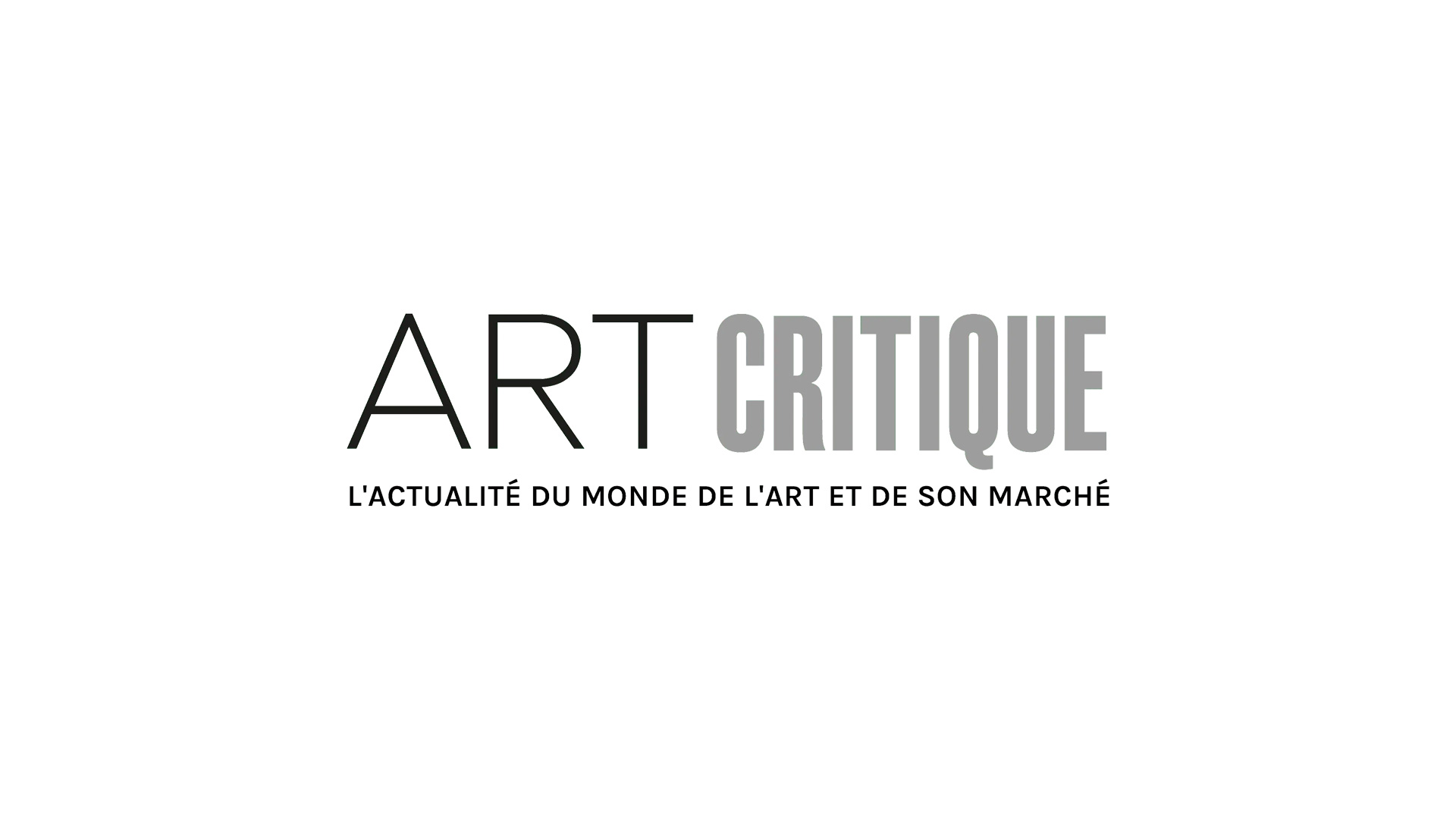On January 24th, three paintings purportedly by Adolf Hitler were seized by German police from an auction house sale under the suspicion that the watercolours were forgeries. The works depict picturesque landscapes in traditional Romantic manner of the Alps and the Rhine River. Frankly, the paintings are unremarkable, yet pleasant. Dating back to 1910 and 1911, the only unusual detail is the artist signature at the bottom of each painting, which reads ‘A. Hitler’ from when the WWI dictator worked as a painter in Munich.
Each painting was estimated to sell for around €4,000 ($4,500) at the Kloss auction house in Berlin before police raided the auction house at around 10:30 in the morning. Despite having been verified by an expert and carrying a seal of authenticity, the police were given an anonymous tip that the paintings may well be fakes so investigators stepped in. The elderly couple responsible for providing the paintings, though, have yet to be named by the auction house.
In a tweet, the Berlin police stated: ‘Our colleague from the [state criminal investigation office] confiscated three watercolors allegedly painted by A. Hitler this afternoon by court order in an auction house in [the Berlin borough of] Pankow. The commissioner of art crimes is now investigating for attempted fraud and forgery of documents.’ They continued that they would be looking into ‘attempted fraud’ and the ‘falsification of documents.’ According to Die Welt, the style of the signature on each painting, which included unusual non-cursive lettering, was part of the reason for suspicion.
The paintings attracted a large amount of interest from collectors in the UK, Scandinavia, the US, and Russia. In an earlier interview with Reuters, Joachim Maeder, a spokesperson for the Kloss auction house, acknowledged reason why the paintings are sought after stating: ‘If you walk down the Seine and see 100 artists, 80 will be better than this […] The value of these objects and the media interest is because of the name at the bottom.’
Prior to fighting in World War I, Hitler worked as an artist but was twice rejected by the Vienna Academy of Fine Arts. In his book Mein Kampf, Hitler recollected painting as many as three paintings per day when working as an artist before embarking on his political career. Hitler is also well-known for having collected and destroyed countless artworks, many of which are still missing.
In Germany, it is not illegal to sell works by the World War II dictator but prior to the auction at Kloss, controversy over if the paintings should be sold or not ensued. The auction house stated: ‘Offering and selling such pictures does not violate any law […] The motifs shown on the pictures are free of ideology and, despite the fact that their author is one of the greatest criminals of the human rights, they do not acquire a character that reflects the essence of National Socialism. Such an association is not imposed by the work, but arises in the mind of the viewer.’
Kloss is also not the first auction house to sell works by Hitler, either. In 2015, another watercolour by Hitler garnered €400,000 ($453,962) at a Nuremberg sale and another in the same year sold for €100,000 ($114,000).





